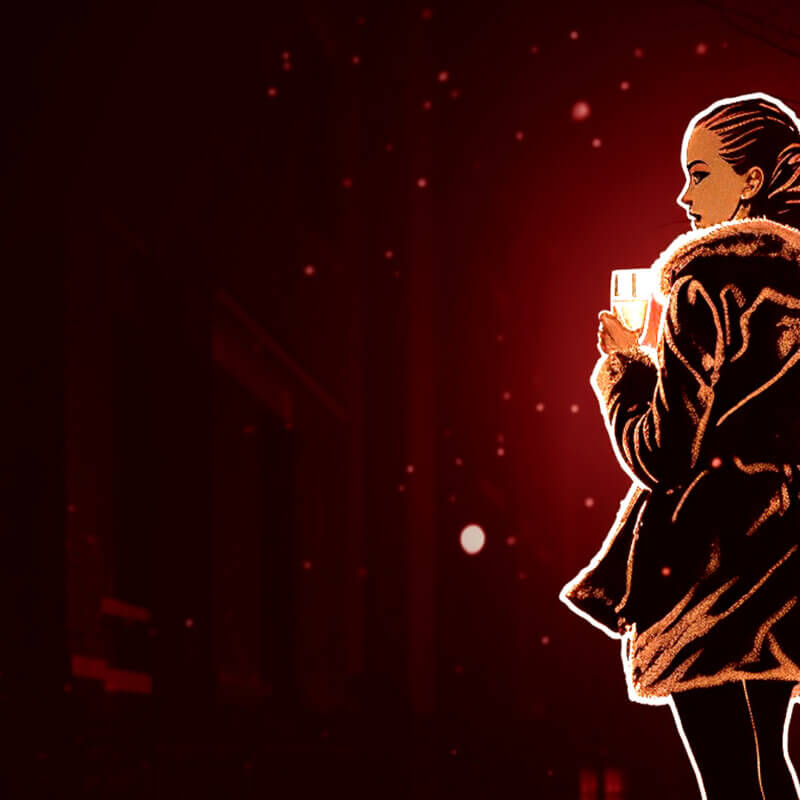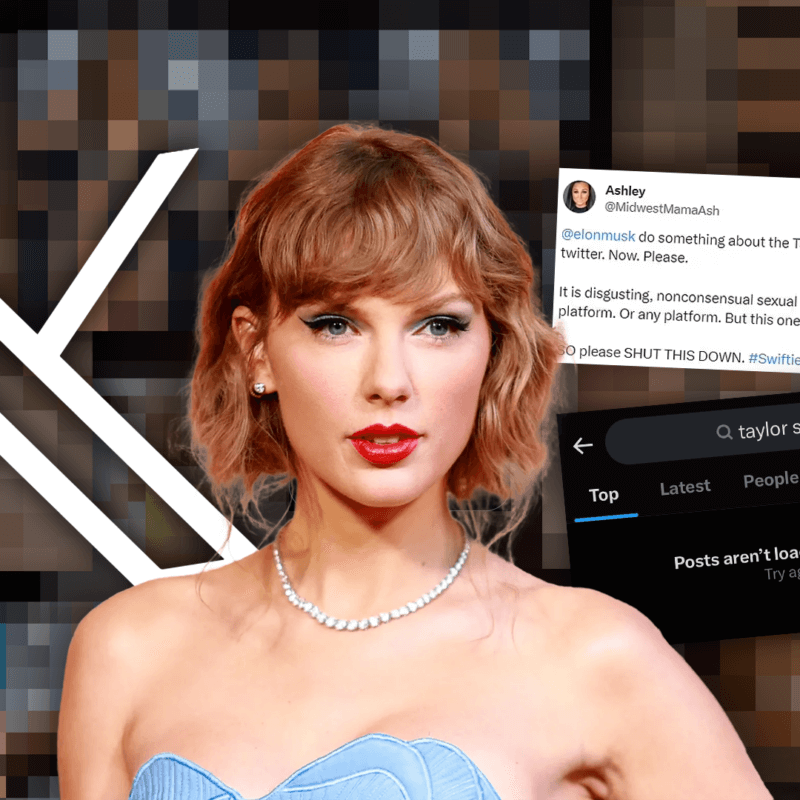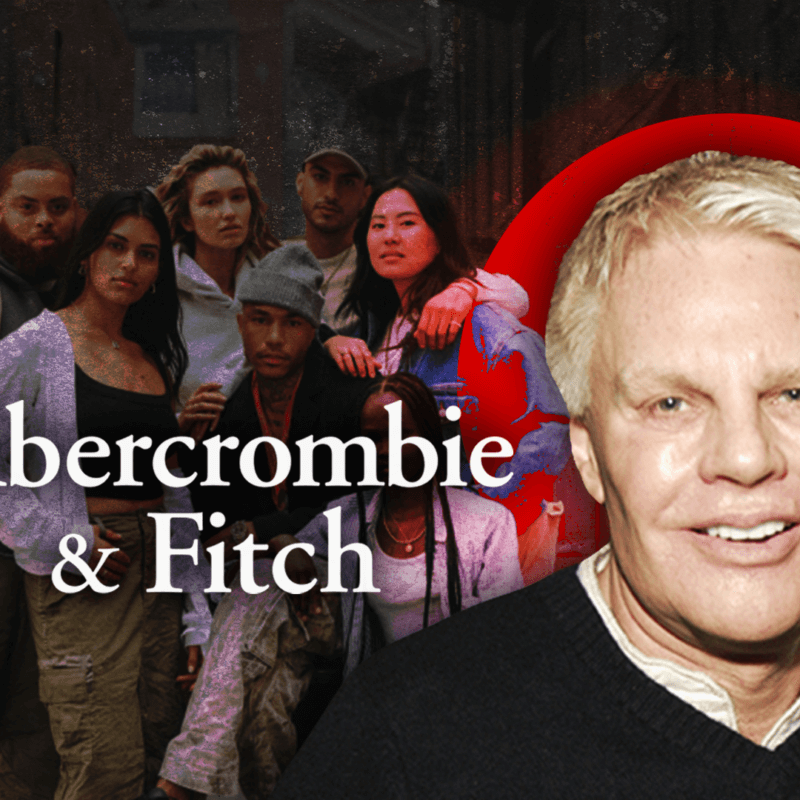The fact that barely legal and teen porn, or rather the fictional depiction of sexual abuse and rape of a child, is legal in the United States is an extremely distressing fact, and one that many people may not know. In fact, the U.S. is only one of 15 countries which allows child-themed or teen-themed pornography.
“Barely legal” porn is an extremely popular genre within the teen category of porn and thrives on the fantasy of sex with girls who are dressed up to look as young as possible. The genre is so popular that the teen category on Pornhub got 33.5 billion visits in 2018 and has consistently topped the charts for most searched term on the site for 6+ years, according to Pornhub’s Most Popular Search Terms.
Unlike Child Sexual Abuse Material (CSAM), more commonly known as “child porn,” which is criminalized and rejected in our culture, teen porn is massively popular and, yet, it’s simulating the exact same thing.
In barely legal porn, it’s common to see girls dressed up as children and being spoken to as little kids. Girls are often filmed holding teddy bears, lollipops, bright colored lunch boxes, and speaking in high-pitched voices with their hair in bows, braids, or pigtails. The videos are often tagged with words like, “petite schoolgirls,” “cheerleaders,” “young teens,” “babysitters,” and “tiny innocent virgins.” In these porn scenes, there’s usually a man with some sort of power or authority over the girl and who begins to have his way with her, whether that be a doctor, a father, or a close family friend.
RELATED: Barely Legal: Teen Porn Promotes Child Sexual Abuse
We know that porn is a powerful story teller and this can create serious effects on the actions and beliefs of addicts. A 2011 Swedish study found that 70% of high school boys who were frequent viewers of porn, including that which features violence and the sexual abuse of children and animals, reported that porn made them want to try out what they had seen. Another longitudinal study from that same year found that 10-15 year-olds consuming violent pornography are five times more likely to be sexually aggressive than non-viewers of violent porn.
We also know that porn is a powerful grooming tool. In fact, porn is so effective at normalizing abuse that abusers often use pornography to groom victims.
So, with all of the available research pointing to the harms and dangers of pornography— especially pornogrpahy that normalizes the sexual abuse of children—why is simulated “child porn” legal in the United States?
Making Barely Legal Porn Legal: Ashcroft v. Free Speech Coalition (2002)
In 2002, the Free Speech Coalition, a California non-profit trade association of the porn industry, along with the American Civil Liberties Union (ACLU), brought a court case against the government known as Ashcroft v. Free Speech Coalition (2002), also called Ashcroft v. American Civil Liberties Union (ACLU) (2002/2004). Among other partners on the lawsuit were Bold Type, Inc., a “publisher of a book advocating the nudist lifestyle”; Jim Gingerich, who paints nudes; and Ron Raffaelli, a photographer who specialized in erotic images.
RELATED: Child Sexual Abuse Material, “Child Porn,” Has Reached Crisis Levels
In the case, two provisions of the Child Pornography Prevention Act of 1996 (CPPA) were challenged as overbroad and vague by an adult-entertainment trade association and other parties. CPPA bans so-called “virtual child pornography” and images of adults who may look like children but do not involve real children.
Specifically, the two provisions of the Act in question were (i) banning images of adults who looked like children engaged in sexually explicit conduct, and (ii) computer-generated, or virtual, child pornography.
These two provisions within CPPA were established by two prior cases Miller v. California (1973) and New York v. Ferber (1982).
The Ninth Circuit found the provisions overbroad, and therefore unconstitutional. The U.S. Supreme Court upheld the Ninth Circuit Court’s decision, holding that the relevant provisions were unconstitutional as overbroad because they banned some speech that is protected by the First Amendment.
By striking down these two provisions in the Child Pornography Protection Act from Miller v. California (1973) and New York v. Ferber (1982), the Supreme Court rejected an invitation to increase the amount of speech that would be categorically outside the protection of the First Amendment. The case also established that simulated child pornography is protected free speech.
The Legal Status of Fictional Pornography
Child Pornography Laws
In response to Ashcroft v. Free Speech Coalition, Congress passed the Prosecutorial Remedies and Other Tools to end the Exploitation of Children Today (PROTECT) Act of 2003 (also dubbed the Amber Alert Law) which was signed into law on April 30, 2003, by President George W. Bush.
The PROTECT Act adjusted its language to meet the parameters of the Miller, Ferber, and Ashcroft decisions. This separated cases of virtual pornography depicting minors into two different categories of law: child pornography law and obscenity law.
In regards to child pornography law, the Act modified the previous wording of “appears to be a minor” and changed it to “indistinguishable from that of a minor.” This definition does not apply to depictions that are drawings, cartoons, sculptures, or paintings depicting minors or adults.
However, virtual and drawn pornographic depictions of minors may still be found illegal under U.S. federal obscenity law. The obscenity law further states in section C, “It is not a required element of any offense under this section that the minor depicted actually exist.”
End Teen Porn
The larger problem with barely legal and teen porn is that it is grooming consumers to see children as appropriate sexual partners. We should not be promoting child sexual abuse, whether it features a real minor or not. These images, videos and depictions carry real implications for real children across the United States.
While not every porn consumer is a child sexual abuser, every child sexual abuser watches porn.
In glorifying teen porn, society is putting the illicit sexual satisfaction of adults over the safety of children. We cannot allow millions of consumers to be groomed by content that fuels pedophilic appetites and not expect it to flow out of the realm of simulation and into the very real abuse of children.
The porn industry should not be allowed to depict young girls in sexual scenarios for the consumption of the world. They should have to answer for the ways in which their content is influencing and promoting the abuse of real children.





